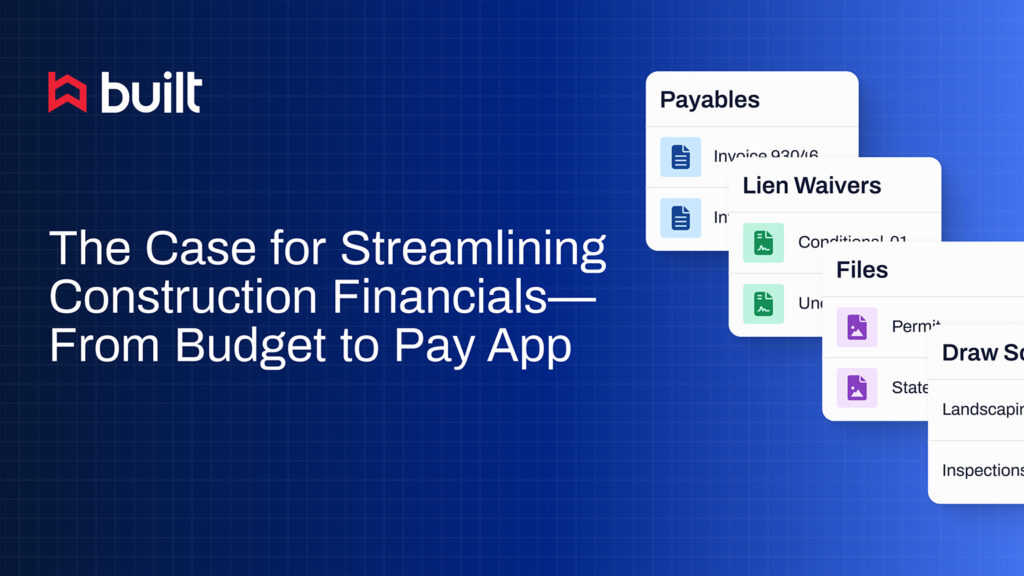
What is Retainage in Construction?

Retainage in construction is a common practice that serves as an incentive for contractors and subcontractors to complete their work on time and adhere to project timelines. It’s typically a requirement for any construction loan, with retainage percentages defined in the project contract and construction loan documentation.
What is retainage?
Retainage in construction is a percentage of each progress payment that’s withheld and set aside to be paid in full to the contractor at the time of project completion. Over the project’s duration, the retainage total grows to become a healthy financial incentive for the contractor, motivating them to meet project milestones and complete the work in the desired timeframe.
Why is retainage in construction important?
Retainage serves as a sort of insurance for the owner, encouraging contractors to finish the job with quality work that meets the owner’s approval. Once project signoff is completed, the contractor receives the balance of the retained funds. By holding back a portion of the funds, there is less chance that a contractor might abandon the project should a dispute arise with the
owner or they encounter problems with the job. If for some reason, the contractor cannot complete the project, the funds that have been held back can be used by the owner to pay another contractor or subcontractor to finish the work.
How is the retainage amount determined?
For most projects, the retainage percentage falls between 5% and 10% of the total approved funds. The percentage will change based on variables such as whether the project is public or private. The percentage may sometimes change if it’s based on the stages of the construction project and will be defined in the contract ahead of time.
Retainage doesn’t typically affect the payment cycle, as that will have been determined in advance and specified in the contract.
Benefits and challenges of retainage
For owners, the main benefit is the financial incentive for the contractor to do quality work and finish the project to the owner’s satisfaction. The retainage is typically held in an escrow account that’s set up with an agreement between the lender, owner, and contractor, but this can vary from project to project.
For lenders, the challenge is having the technology and tools in place to manage the retainage properly and to withhold the right percentages at the right times. The retainage provides some level of protection for lenders as the funds can be used to handle and resolve any mechanics liens filed on the property during construction.
For contractors, retainage is sometimes seen as a cause of cash flow problems, especially if payments are delayed because the owner and contractor don’t see eye to eye on the project milestones or whether a phase of construction is complete. This can trickle down to subcontractors working on the project, as they won’t be paid until the general contractor is paid.
Love it or hate it, retainage in construction is likely not going away any time soon. It’s been in place for years and has a proven track record, so it’s important as a lender, owner, or contractor to understand your federal, state, and local laws regarding the practice.








